Untold Stories: Are David Warner and Rohit Sharma the Real Reasons Behind the Success of Steve Smith and Virat Kohli?
When it comes to naming the greatest batsmen of this generation, two standout names are Virat Kohli from India and Steve Smith from Australia. Both have dominated world cricket, especially while batting at number 3, handling pressure, and delivering consistently in all conditions.
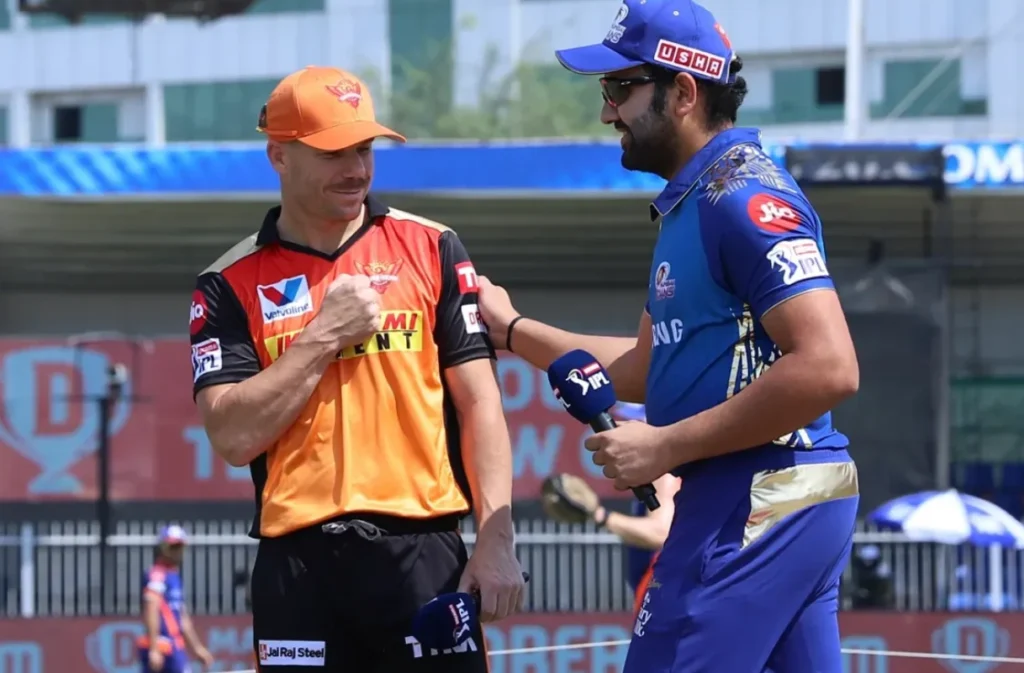
But behind their towering success lies the silent support of two other modern greats — Rohit Sharma and David Warner. These two openers have taken on the toughest job in the game: facing the new ball, surviving the early swing or bounce, and setting the tone for the innings. Their solid starts have often allowed Kohli and Smith to walk in with the game under control. But are Rohit and Warner really the key factors behind their success? Let’s take a closer look.
When David Warner and Rohit Sharma Came Live on Instagram
The two dashing openers who have been rock solid for their teams at the top – Rohit Sharma and David Warner – know exactly what it means to carry the burden of facing the toughest challenge in any cricket innings: the new ball. While players like Virat Kohli and Steve Smith often grab the headlines for their consistency and flair, it’s the opening pairs who quietly do the heavy lifting to make that possible. Warner said:
People say Kohli and Smith are the best in the world. But we make Smith and Kohli because we take the shine off the ball. We have got an important job as openers.
Rohit and Warner, two of the finest openers of this era, have long played alongside batters considered among the best in Test cricket. But they’re also quick to acknowledge that their job starts much earlier – walking out when conditions are fresh, the ball is swinging, and the bowlers are charged up. The early overs are about survival, judgement, and smart shot selection – taking the shine off the ball, wearing out the bowlers, and setting a platform that middle-order players can then build on. On this, Warner said:
Warner’s experience with both Aaron Finch and Shikhar Dhawan adds an interesting layer to his career. While he’s opened countless times with Finch for Australia in limited-overs cricket, his partnership with Dhawan at Sunrisers Hyderabad in the IPL has been one of the most consistent in franchise cricket. Despite playing in different environments, Warner noticed something similar about both players – they often prefer not to face the first ball of the innings. Rohit faced a similar situation when he first started opening for India. He remembered the 2013 Champions Trophy game against South Africa – his second outing as an opener. Rohit said:
In 2013, my second game as an opener in the Champions Trophy. I told Shikhar we are playing against South Africa, I’ve never faced Morne Morkel or Dale Steyn with the new ball so you have to take strike. He says no, you are more experienced, this is my first tour here and you should take strike. Here is an opener who did not want to take a strike. And I could not even see the first three balls from Morkel. I did not expect that much pace or bounce.
Facing one of the world’s fastest attacks led by Morne Morkel and Dale Steyn, Rohit wanted his partner Shikhar Dhawan to take the first strike. But Dhawan, on his first tour of England, encouraged Rohit to take the lead since he had slightly more experience. The result? Rohit had to deal with serious pace and bounce from the get-go, something he hadn’t quite expected. That moment was a perfect example of how the opening isn’t just about technique – it’s also about adjusting to tricky situations and backing yourself. On this, Warner added:
Finchy tells me that against left handers I have to open because he doesn’t want the ball coming into him. But I also don’t want the ball going away from me.
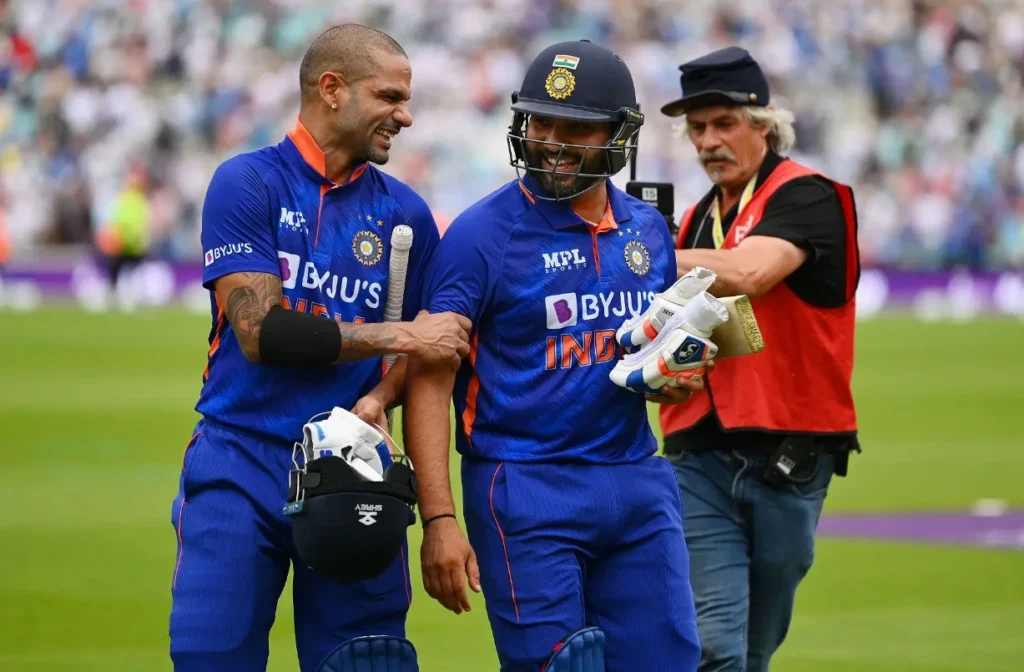
Even Warner found himself in similar moments of banter and negotiation with Finch. In matches where a left-arm bowler was operating, Finch would often ask Warner to take first strike, trying to avoid deliveries that moved into him. Warner, on the other hand, didn’t enjoy balls that swung away from him. It became a friendly trade-off that showed how even the best players have their preferences and fears. These stories might seem small, but they show just how much thought and teamwork goes into opening the batting.
How Did David Warner and Rohit Sharma Start Off Their Careers?
During the early days of their career, neither Rohit Sharma nor David Warner was seen as a traditional opening batsman. In fact, both started their journeys in quite different roles. Rohit spent his initial years in the Indian team as a middle-order batter, while Warner, long before becoming the aggressive opener we know today, was batting lower down the order and even bowled leg spin in domestic cricket. It was only around 2009 that their careers began to take a new shape.
For Warner, the transformation came in an unexpected fashion. While playing for New South Wales, he was suddenly moved up the order to open the innings, despite having played most of his cricket in the middle and lower order. That switch became the turning point of his career. Not long after that, Warner found himself walking out to open in front of a packed crowd of over 80,000 at the Melbourne Cricket Ground against South Africa – a massive stage that marked the beginning of a successful international journey at the top of the order. On this, he said:
It was bizarre, I was in the middle order, sort of coming in at the back end of the innings. In 2009, Dominic Thornely was captain of New South Wales and Philip Hughes was opening when I was suddenly told that I am opening. After that I just let my bowling go, and before I knew it I was walking out at the MCG in front of 80,000 people against South Africa.
Warner, who once practiced leg spin regularly, gradually let go of his bowling duties as his batting responsibilities grew. His bowling never really featured at the international level, but it was a part of his initial cricketing journey.
Rohit’s move to the opening slot took a bit longer but was equally significant. Up until the 2013 ICC Champions Trophy, he was part of India’s middle order, often struggling to find consistency. It was in that tournament that he was promoted to open the innings, and the rest, as they say, is history.
That move unlocked Rohit’s full potential. His ability to play long innings, find gaps with elegance, and accelerate when needed turned him into one of the most dominant openers in modern-day cricket. Interestingly, both players also had stints with the ball during their early cricketing days. Rohit, on the other hand, had a more memorable moment with the ball. Back in the 2009 season of the Indian Premier League, while playing for Deccan Chargers, Rohit produced a rare and surprising achievement.
In a match against Mumbai Indians, the very team he would later go on to captain with great success, Rohit took a hat-trick. He dismissed three established batsmen in quick succession – Abhishek Nayar, Harbhajan Singh, and the well-set JP Duminy – showcasing that he wasn’t just a stylish batter but also a handy part-time off-spinner. Unfortunately, a finger injury eventually cut short his bowling contributions. These early career stories of Warner and Rohit show how top-level cricket often involves unexpected changes and adaptations.
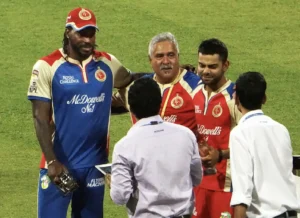
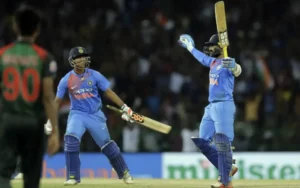
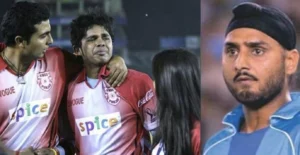
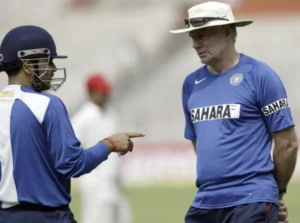
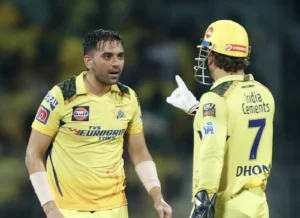
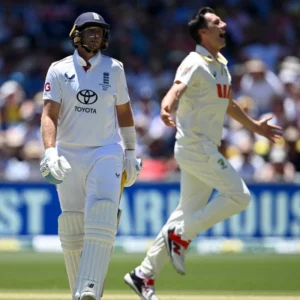
Comments